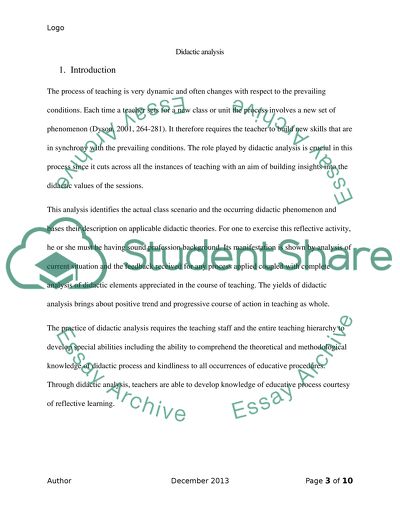Cite this document
(“Didactic analysis Essay Example | Topics and Well Written Essays - 1250 words”, n.d.)
Retrieved from https://studentshare.org/psychology/1497680-didactic-analysis
Retrieved from https://studentshare.org/psychology/1497680-didactic-analysis
(Didactic Analysis Essay Example | Topics and Well Written Essays - 1250 Words)
https://studentshare.org/psychology/1497680-didactic-analysis.
https://studentshare.org/psychology/1497680-didactic-analysis.
“Didactic Analysis Essay Example | Topics and Well Written Essays - 1250 Words”, n.d. https://studentshare.org/psychology/1497680-didactic-analysis.


